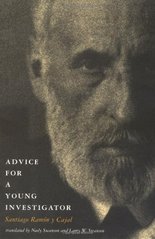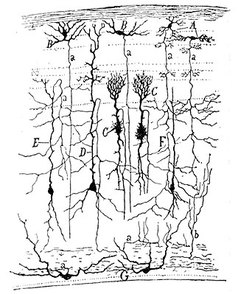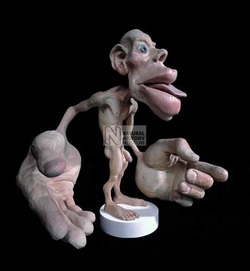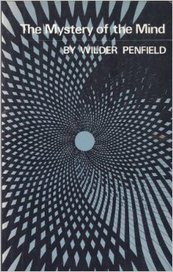|
by Connor Lynch '17
As students here at Brown or anywhere pour themselves into the discipline of science and try to understand how nature functions, it can be easy to lose sight of the other aspects of the scientific pursuit. Sure, when we study physics or bio-engineering the main point is to understand the inner workings of the physical laws of the universe or how biological processes can solve problems. However, while we learn about scientific concepts it helps to pay tribute to and understand the sociological and philosophical aspects of science. Looking at science from these other angles and remembering that it is human beings who carry out the scientific enterprise will help science as a whole. In addition, the people engaged in this enterprise will be able to improve their findings and produce more objective truth that more people can rely on.
0 Comments
A Review of Advice For A Young Investigator by Santiago Ramón y Cajal (Translated by Neely Swanson & Larry W. Swanson) by Matthew Lee '15  [image via] [image via] Find this book in the Sci Li! Or read the full text online! Paperback: 176 pages Publisher: Bradford Books, The MIT Press (1999) ISBN-13: 978-0262681506 In 1906, two rival neuroscientists shared the Nobel Prize in Physiology/Medicine: Camillo Golgi and Santiago Ramón y Cajal. Golgi firmly believed in the reticular theory, that the brain consisted of a single network. In contrast, Cajal contended that the brain actually consisted of discrete cells. As it turns out, Cajal was right. Cajal (1852-1934), who hailed from Spain, spent years at a microscope and painstakingly drew neurons. After all, it would be quite some time before we would be able to take pictures of cells. His descriptions and depictions of the nervous system are so detailed that they serve as a foundation for modern neuroanatomy.  A section of a sparrow's optic tectum. [image via] Well into his career but a decade before winning the Nobel Prize, Cajal wrote Advice for a Young Investigator, a short guide rife with humor, anecdotes, and timeless wisdom for students aspiring to become great scientists. The book was so popular three more editions were published over the next twenty years. In 1999, Neely Swanson and Dr. Larry W. Swanson released a translation that preserves Cajal’s straightforward, yet eloquent, prose.
A Review of The Mystery Of The Mind By Wilder Penfield by Matthew Lee '15  "Hi, do you want a massage?" [image via] "Hi, do you want a massage?" [image via] Find this book in the Sci Li! Paperback: 152 pages Publisher: Princeton University (March 1978) ISBN-13: 978-0691023601 Anyone who has taken Neuro 1 will recognize the somatosensory homunculus, the funny looking guy with giant hands, puffy lips, and an emaciated body. The homunculus is based on a map of the primary somatosensory cortex (S1), and the size of each body part corresponds to the amount of brain that responds to a touch of that body part. Our brains devote the most processing power to understanding what our hands touch, so the homunculus’ hands are disproportionately large.  [image via] [image via] Dr. Wilder Penfield (1891-1976), an eminent Canadian neurosurgeon, provided the scientific evidence that evolved into the homunculus. He mapped out which parts of the brain are associated with which body parts by sticking an electrode into a patient’s brain, zapping it, and then asking the patient which part of their body had responded. Penfield also used electrical stimulation to investigate the relationship between the mind and the brain: does the mind arise from the brain, or are they separate entities? In The Mystery of the Mind, he considers the evidence he has collected from patients with epilepsy, who so graciously allowed him to poke and zap their brains. |
